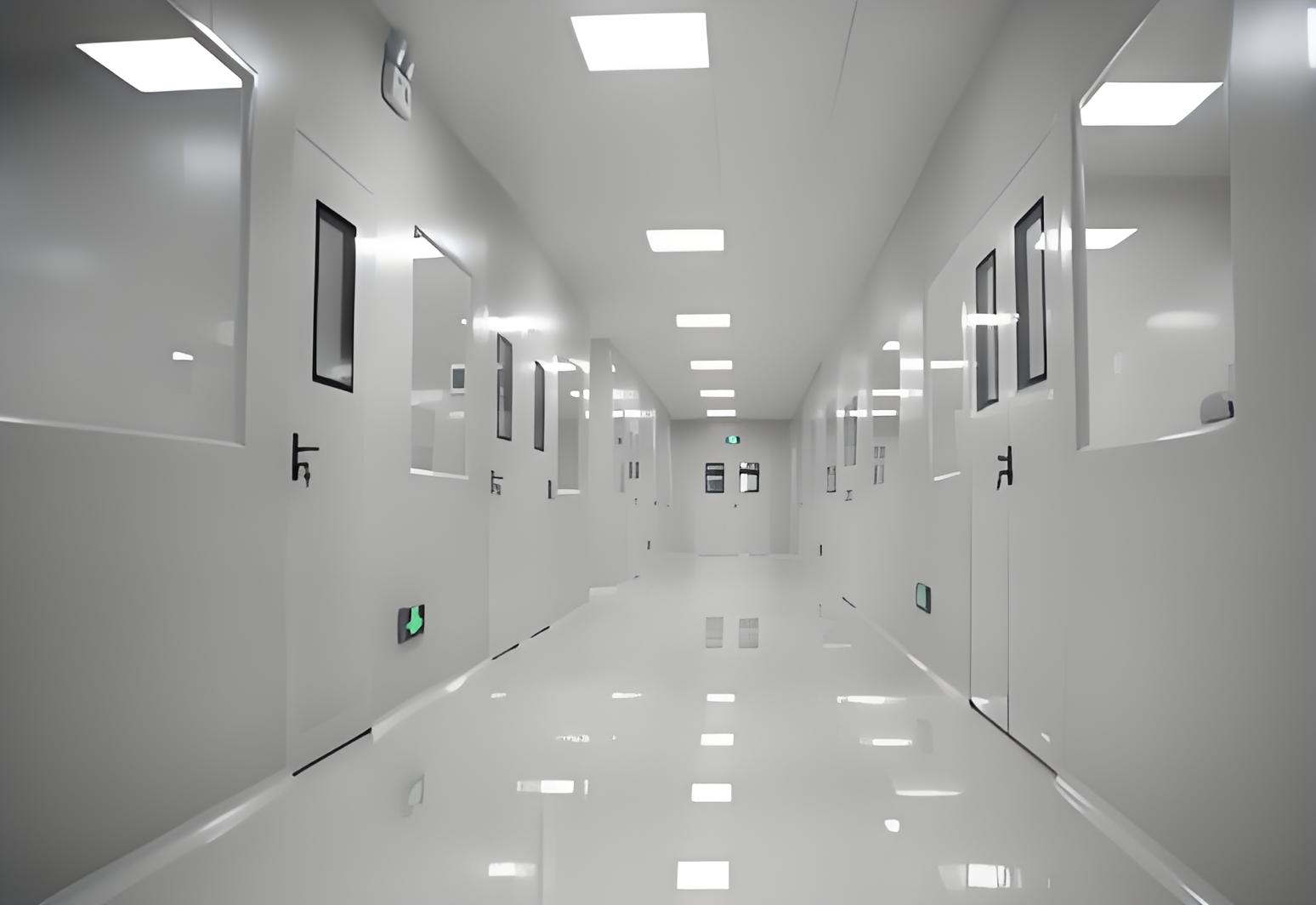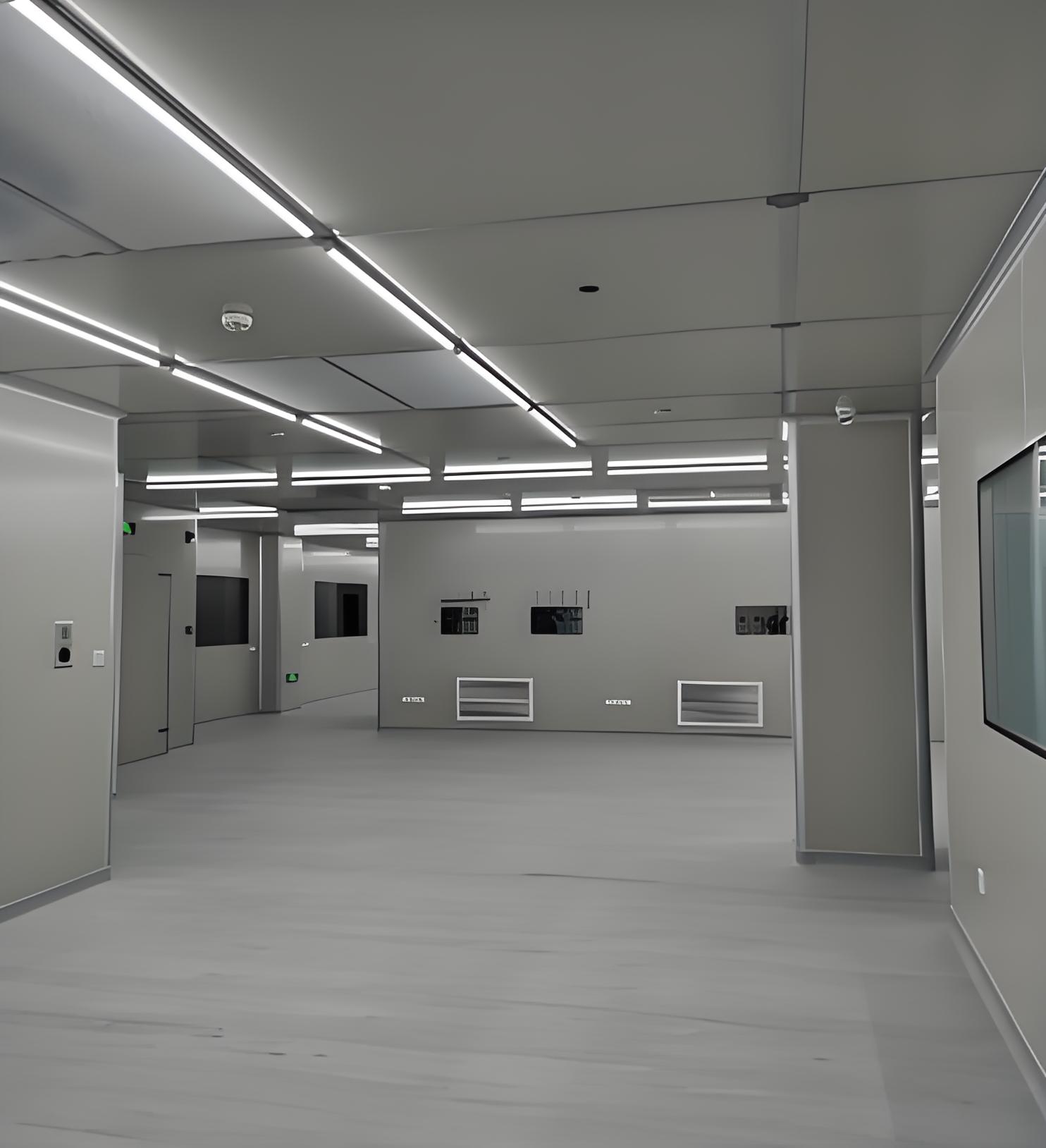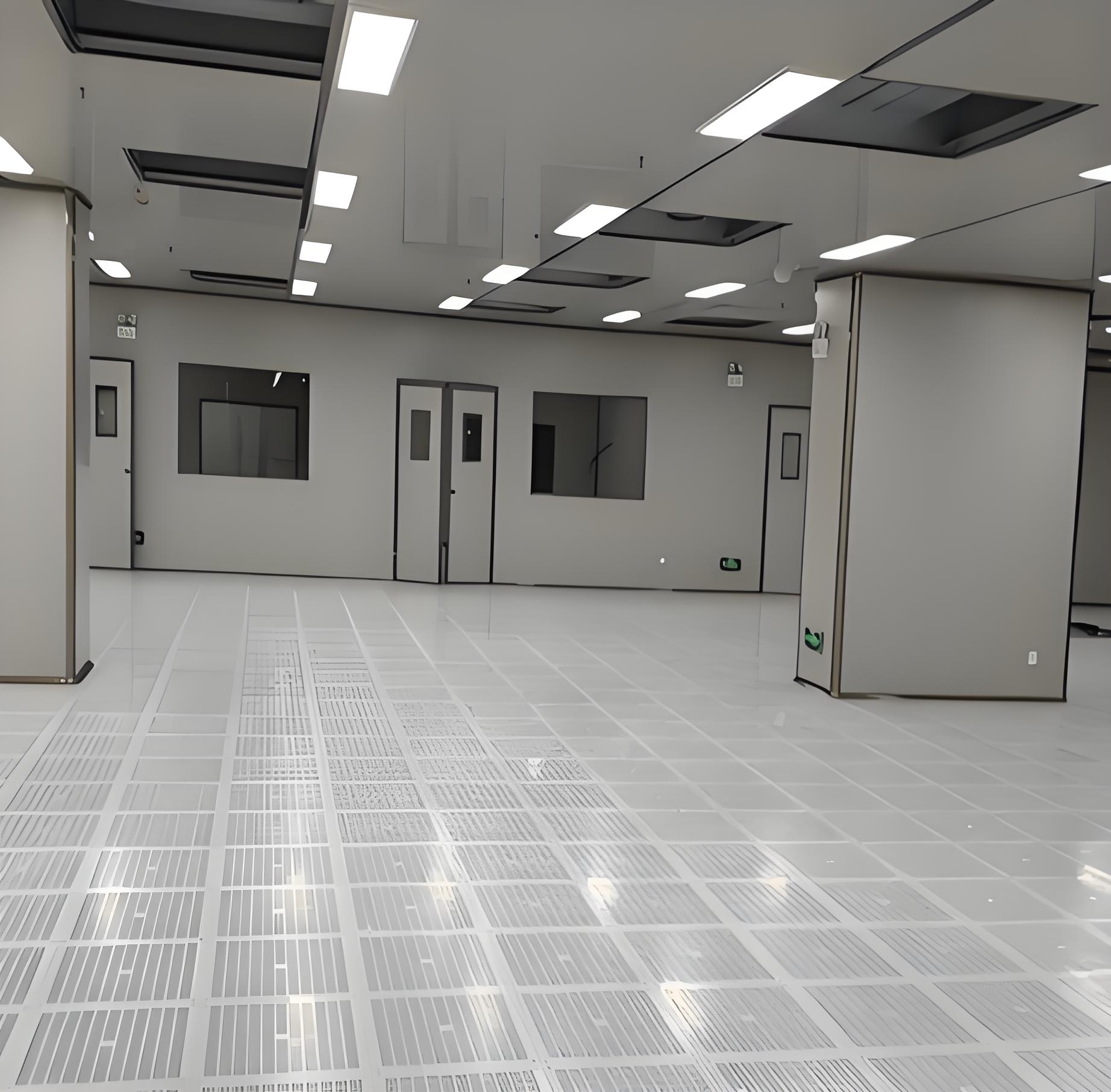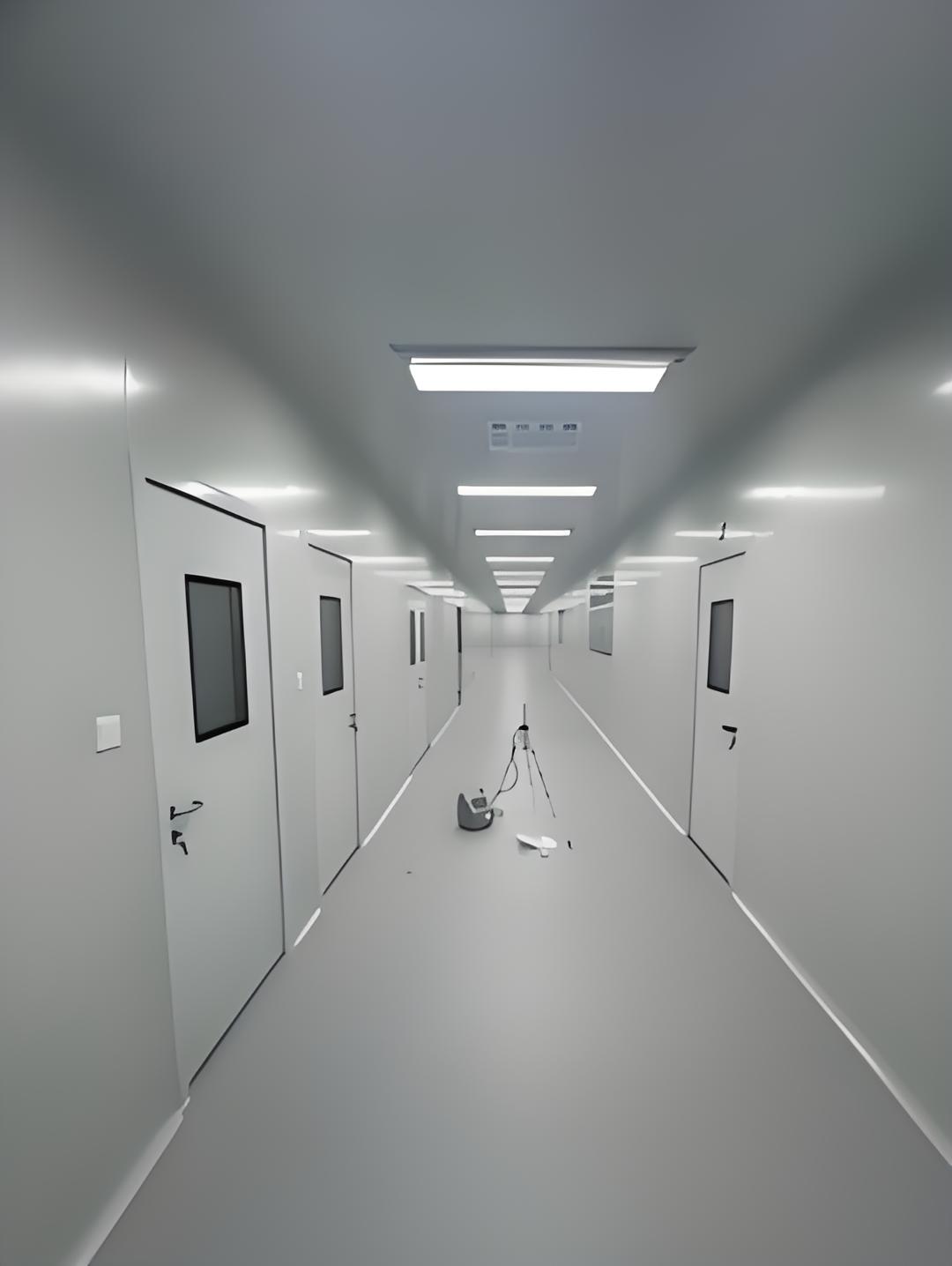




In today's advanced industrial and scientific sectors, maintaining pristine conditions is paramount. One critical component that plays a vital role in achieving this is the clean room glass wall. These specialized structures are not just ordinary barriers; they are engineered to uphold strict cleanliness standards while providing transparency and functionality. Clean room glass walls are integral in environments where contamination control is essential, such as pharmaceuticals, biotechnology, electronics manufacturing, and healthcare facilities. By incorporating durable materials and innovative designs, these walls help organizations meet regulatory requirements and improve operational efficiency. In this article, we will delve into various aspects of clean room glass walls, highlighting their importance and diverse applications.

Clean room glass walls are transparent partitions designed specifically for use in controlled environments where air quality, temperature, and humidity must be meticulously regulated. Unlike standard glass walls, they are constructed to minimize particle generation and resist chemical corrosion, ensuring that the clean room's integrity remains uncompromised. Typically made from tempered or laminated glass, these walls feature seamless joints and non-porous surfaces to prevent the accumulation of contaminants. The clean room glass wall serves multiple purposes: it allows for visual monitoring of processes, enhances natural lighting, and maintains a barrier against external pollutants. In facilities like research labs or production areas, the clean room glass wall enables supervisors to oversee operations without entering the space, reducing the risk of introducing impurities. Moreover, the design often includes aluminum or stainless steel frames that are easy to clean and disinfect, aligning with industry standards such as ISO classifications. By understanding the fundamentals of a clean room glass wall, businesses can make informed decisions about their infrastructure investments.
The design of a clean room glass wall focuses on durability, cleanliness, and compliance with industry norms. Key materials include high-quality glass types like tempered glass, which offers strength and safety, or laminated glass that provides additional layers for impact resistance. These materials are chosen for their smooth surfaces, which discourage dust and microbial growth. The frames are typically made from anodized aluminum or stainless steel, as these metals are non-corrosive and easy to sanitize. A well-designed clean room glass wall also incorporates features such as airtight seals and rounded corners to eliminate crevices where contaminants could hide. In terms of customization, these walls can be tailored to include doors, windows, or integrated pass-through systems, ensuring they fit seamlessly into existing clean room layouts. The use of advanced coatings, such as anti-static or anti-fog layers, further enhances the performance of a clean room glass wall by maintaining visibility in varying humidity conditions. By selecting appropriate materials and designs, companies can extend the lifespan of their clean room glass wall while upholding strict hygiene protocols.
Installing a clean room glass wall brings numerous advantages to any controlled environment. First and foremost, it improves visibility, allowing for real-time monitoring of sensitive processes without compromising sterility. This transparency boosts productivity and safety by enabling staff to identify issues quickly. Additionally, a clean room glass wall contributes to better lighting conditions, reducing the need for artificial sources and lowering energy costs. From a hygiene perspective, the non-porous surfaces of a clean room glass wall are easy to clean and disinfect, minimizing the risk of contamination. They also provide acoustic insulation, which is beneficial in noisy industrial settings. Another key benefit is the enhancement of aesthetic appeal; a clean room glass wall creates a modern, open atmosphere that can improve employee morale and visitor impressions. Furthermore, these walls are designed to withstand harsh cleaning agents and frequent maintenance, ensuring long-term reliability. By investing in a clean room glass wall, organizations can achieve a balance between functionality and compliance, ultimately leading to cost savings and improved operational outcomes.
The installation of a clean room glass wall requires careful planning and expertise to ensure it meets specific environmental standards. It begins with a thorough assessment of the site, including measurements of the space and evaluation of existing clean room conditions. Professionals then design the clean room glass wall layout, considering factors like airflow, pressure differentials, and access points. During construction, the area is isolated to prevent contamination, and the glass panels are installed using precision tools to achieve seamless joints. The frames are secured with specialized fasteners that maintain structural integrity without introducing particles. A critical step involves testing the clean room glass wall for leaks and integrity, often using smoke or particle counters to verify that it does not compromise the clean room's classification. Post-installation, a certification process may be conducted to ensure compliance with regulations like GMP or ISO 14644. Proper installation of a clean room glass wall is essential for its performance, and hiring experienced contractors can prevent future issues such as air leakage or glass damage.
Maintaining a clean room glass wall is crucial for preserving its functionality and appearance. Regular cleaning schedules should be established using approved agents that do not leave residues or damage the glass surface. Typically, isopropyl alcohol or hydrogen peroxide-based solutions are recommended for wiping down the clean room glass wall, as they effectively remove contaminants without affecting transparency. It's important to use lint-free cloths or specialized wipes to avoid scratching the glass. Inspections should be conducted periodically to check for cracks, seal degradation, or frame corrosion, which could compromise the clean room environment. For long-term care, the clean room glass wall may require occasional re-sealing or coating reapplications to maintain its protective properties. Employees should be trained on proper cleaning techniques to ensure consistency and avoid introducing pollutants. By adhering to a strict maintenance regimen, organizations can extend the life of their clean room glass wall and uphold the high standards required in sensitive operations.

Clean room glass walls are utilized across a wide range of industries due to their versatility and reliability. In the pharmaceutical sector, they are used in manufacturing areas to separate different processes while allowing visual oversight. The biotechnology industry employs clean room glass walls in labs where sterile conditions are necessary for cell culture or genetic research. In electronics manufacturing, these walls protect delicate components from particulate contamination during assembly. Healthcare facilities, such as hospitals and surgical suites, use clean room glass walls to maintain aseptic environments in operating rooms or isolation wards. Additionally, the food and beverage industry incorporates them in processing plants to ensure hygiene compliance. Each application leverages the unique properties of the clean room glass wall to enhance safety, efficiency, and regulatory adherence. As technology advances, the demand for customized clean room glass wall solutions continues to grow, driving innovation in design and materials.
In conclusion, the clean room glass wall is an indispensable element in modern controlled environments, offering a blend of visibility, durability, and hygiene. By understanding its design, benefits, installation, maintenance, and applications, businesses can optimize their operations and meet stringent standards. As industries evolve, the role of the clean room glass wall will only become more critical in safeguarding quality and innovation.
Q1: What is the primary purpose of a clean room glass wall?
A1: The primary purpose of a clean room glass wall is to provide a transparent barrier that maintains cleanliness in controlled environments by preventing contamination while allowing visual monitoring and natural light.
Q2: How does a clean room glass wall contribute to safety?
A2: A clean room glass wall enhances safety by enabling remote observation of processes, reducing the need for personnel entry, which minimizes the risk of introducing contaminants and improves emergency response visibility.
Q3: What materials are commonly used in constructing a clean room glass wall?
A3: Common materials include tempered or laminated glass for the panels and anodized aluminum or stainless steel for the frames, chosen for their durability, ease of cleaning, and resistance to corrosion.
Q4: Can a clean room glass wall be customized for specific needs?
A4: Yes, a clean room glass wall can be customized in terms of size, shape, and features like integrated doors or special coatings to meet specific industry requirements and space constraints.
Q5: How often should a clean room glass wall be maintained?
A5: It is recommended to clean a clean room glass wall regularly, such as daily or weekly, depending on usage, with thorough inspections and maintenance checks conducted at least quarterly to ensure integrity and performance.